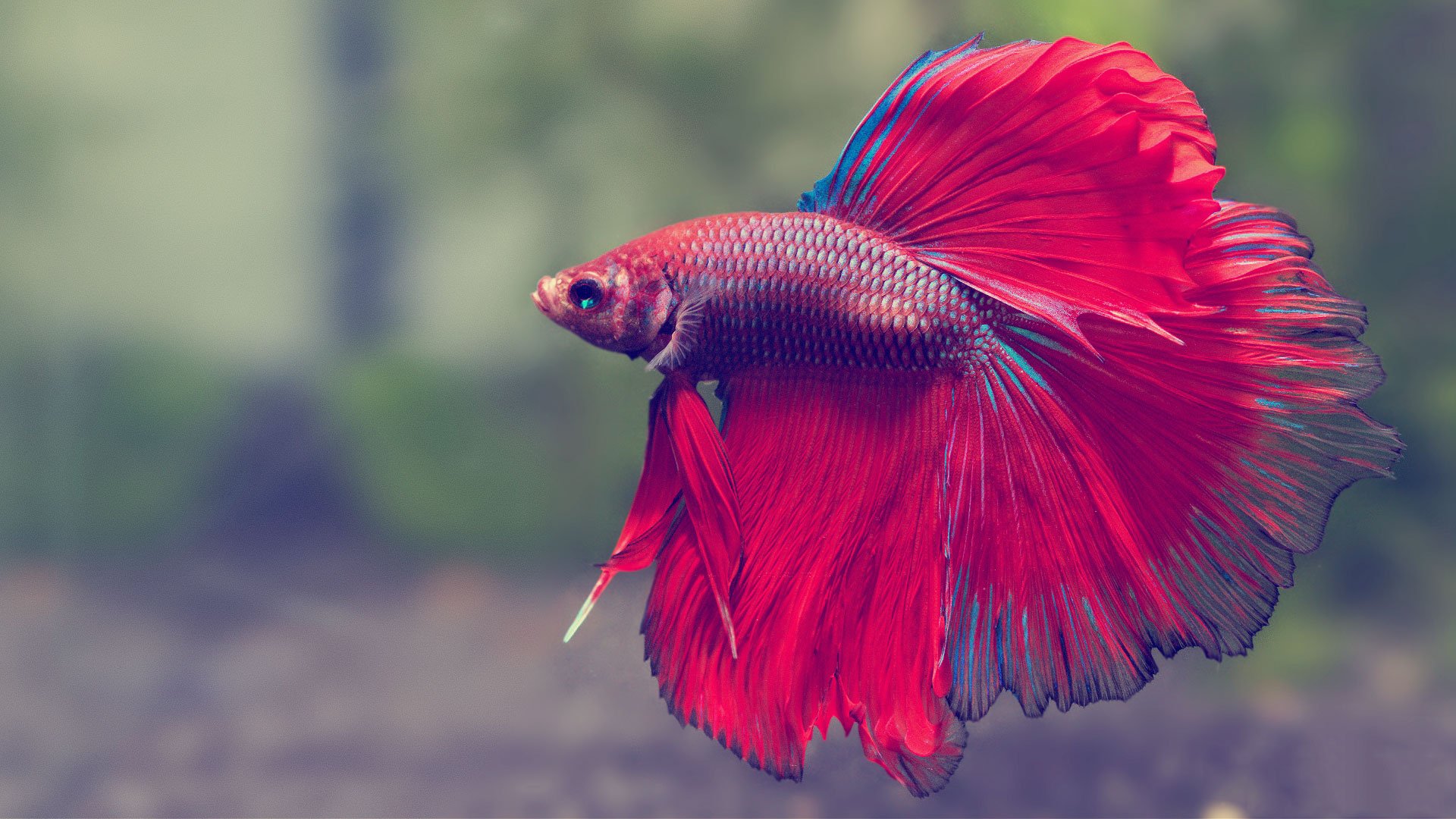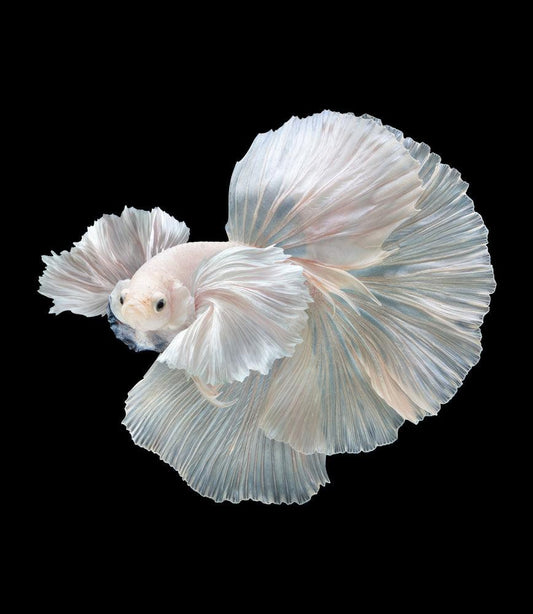The Ultimate Betta Fish Care Guide for New Pet Owners
How to Reproduce Betta Fish Efficiently: Expert Strategies and Insights for Hobbyists Aiming To Broaden Their Betta Collection
Breeding Betta fish calls for a nuanced understanding of genetics and ecological conditions, making it important for enthusiasts to approach the process with both diligence and treatment. Producing an optimum breeding setting, choosing the right pairs, and observing the intricacies of their courtship actions are foundational actions that can considerably influence the outcome. The succeeding treatment of the fry is vital for guaranteeing their healthy advancement. As we discover these essential elements, it comes to be clear that successful reproduction is not almost the initial pairing however incorporates a broader method that merits careful factor to consider.
Understanding Betta Fish Genetics
Comprehending the genetics of Betta fish is essential for successful reproduction, as it affects qualities such as color, fin shape, and behavior. Betta fish show a varied variety of colors and patterns, largely determined by their hereditary make-up.
Along with coloration, fin morphology is an additional substantial element of Betta genetics (betta fish). The sizes and shape of fins are influenced by various genetics, consisting of those that establish whether the fins are short, long, or veil-shaped. Understanding these hereditary variants helps dog breeders anticipate the phenotypic outcomes of their offspring
In addition, behavioral traits such as aggression and territoriality can likewise be influenced by genetics. These behaviors play an important function in the reproducing procedure, as they can impact generating success and the overall temperament of the resulting fry. By thoroughly recognizing these hereditary concepts, breeders can make enlightened decisions, ultimately boosting their breeding programs and attaining desirable outcomes.
Preparing the Breeding Atmosphere
Developing an optimum breeding atmosphere is crucial for the effective reproduction of Betta fish. The very first action in preparing this setting is to pick a suitable breeding container, preferably varying from 5 to 10 gallons.
Following, take into consideration using a sponge filter or an air stone to give mild water circulation without producing solid currents that can emphasize the fish. It is necessary to mount plants or breeding cones to provide hiding areas and advertise convenience for the lady throughout the spawning procedure. Drifting plants, such as Java moss or water sprite, can also create a more all-natural setting while helping with bubble nest structure by the male.
Before introducing the breeding pairs, make sure the water is conditioned and without harmful chemicals, such as chlorine or heavy steels. betta fish. Normal water adjustments should be conducted to maintain optimum water top quality, boosting the opportunities of effective breeding. With these preparations in position, the breeding environment will sustain the wellness and health of both Betta fish
Picking Breeding Pairs
Selecting the right reproduction sets is critical for attaining effective Betta fish reproduction. When choosing your reproduction sets, take into consideration numerous vital aspects including health, temperament, and genes. Healthy Betta fish exhibit vibrant shades, clear eyes, and active behavior. Picking fish that are devoid of illness guarantees a better opportunity of creating viable spawn.
Character is an additional crucial consideration, as Betta fish are recognized for their aggressive nature. It is suggested to select a man and female that display compatible temperaments to decrease anxiety during the reproducing process. A tranquil man can urge a smoother courtship, while a lady that is as well aggressive might interfere with the procedure.
Genetic history likewise plays a significant function in the top quality of the children. Reproducing fish that are genetically diverse can minimize the threat of hereditary health and wellness issues and improve the total vigor of the fry. It is valuable to research the family tree of both the man and female, focusing on preferable traits such as fin type, shade patterns, and dimension.
The Breeding Process
The reproduction procedure of Betta fish requires careful preparation and focus to detail to make certain an effective end result. Initially, it is important to prepare an ideal reproduction tank, ideally a 5-10 gallon aquarium with a temperature kept at 78-80 ° F. The storage tank must be furnished with a heating system, filter (ideally sponge kind to stay clear of solid currents), and a lot of aquatic plants for the female to hide.
Once the environment is set, introduce the selected breeding pair to the tank, allowing them to accustom. Observe their habits; the male will show fancy courtship rituals, including flaring his fins and building a bubble nest. If the female shows interest, she will certainly present upright red stripes showing preparedness for spawning.
When the female is responsive, both will engage in a mating embrace, throughout which the male feeds the More Info eggs. It is critical to check their communications carefully, as the male may come to be hostile. After spawning, remove the female to avoid possible damage. The male will often tend to the eggs, which typically hatch out within 24-36 hours. Preserving ideal water conditions during this duration is necessary for the advancement of healthy Betta fry.
Taking Care Of Betta Fry

Feeding Betta fry is vital, as they call for a diet high in protein. They can be fed infusoria or fluid fry food, transitioning to carefully smashed top quality pellets as they grow. Feed little parts several times a day to urge healthy and balanced development without straining the container with uneaten food.

As they mature, check their growth very closely and separate any kind of aggressive people to avoid harm. By giving a nurturing useful source setting and proper nourishment, hobbyists can effectively elevate Betta fry into vivid, healthy fish, ultimately enhancing their breeding undertakings.
Verdict
Successful Betta fish breeding needs precise interest to hereditary choice, ecological problems, and treatment for view it the fry. By understanding the genetics of Betta fish and preparing an appropriate breeding environment, hobbyists can enhance the chances of producing vibrant, healthy offspring.